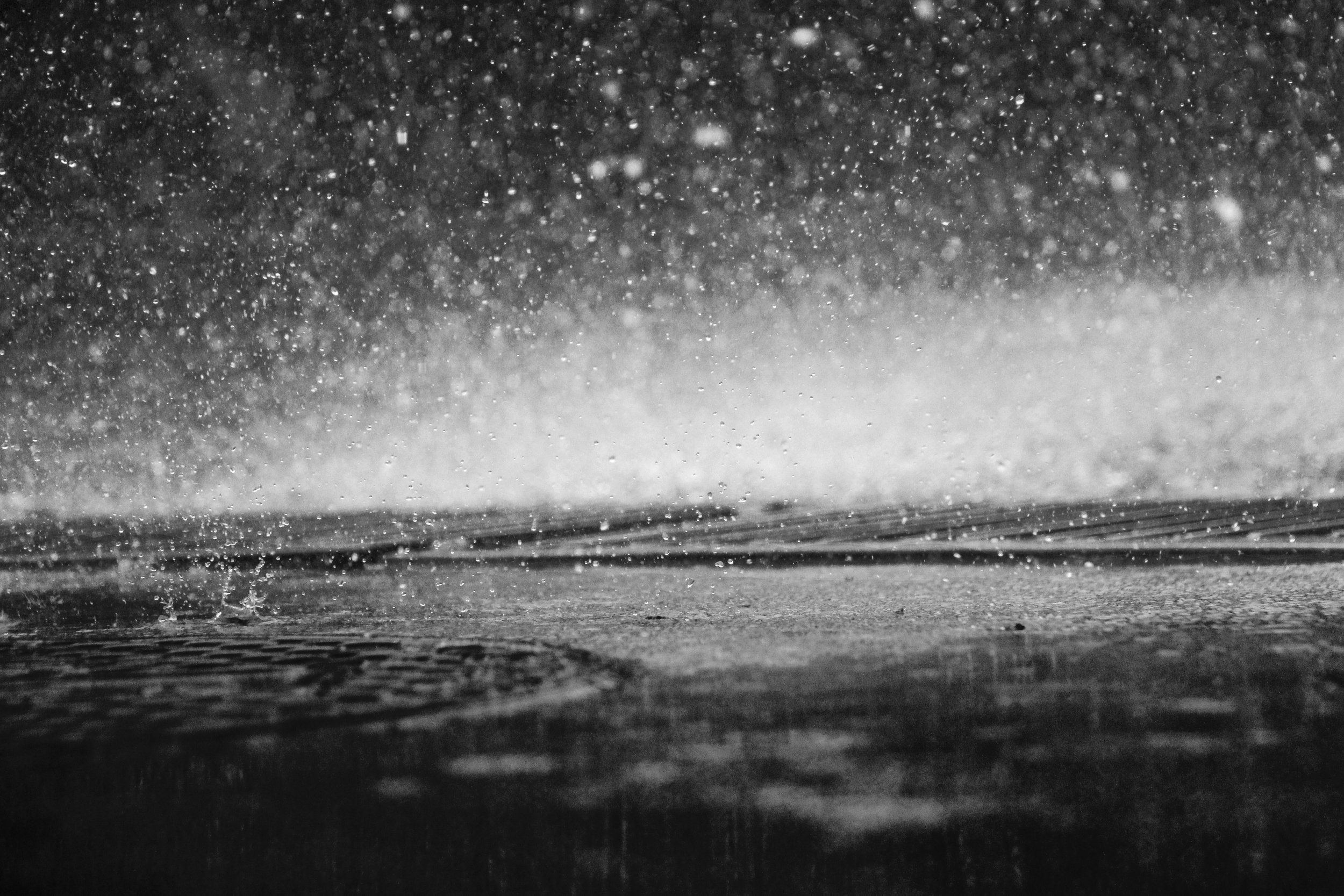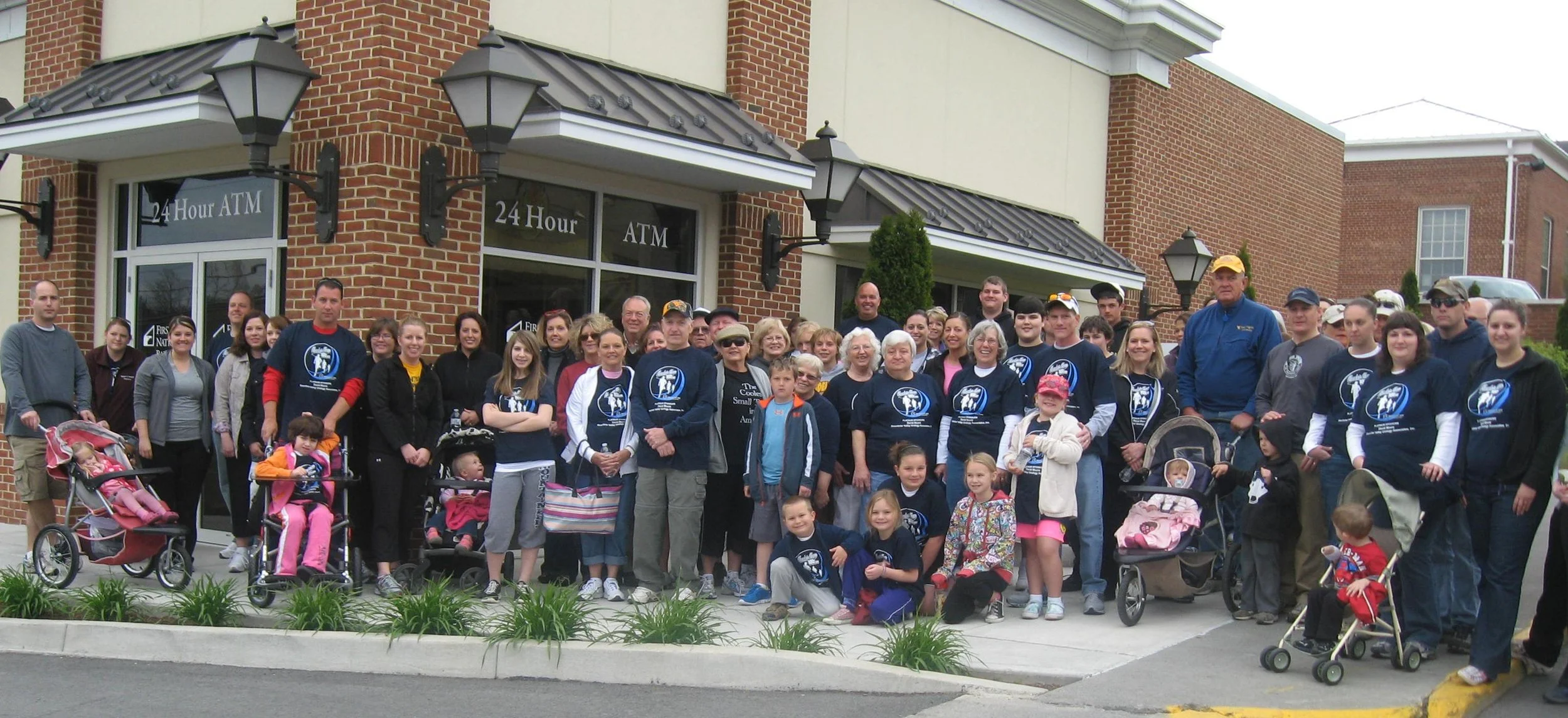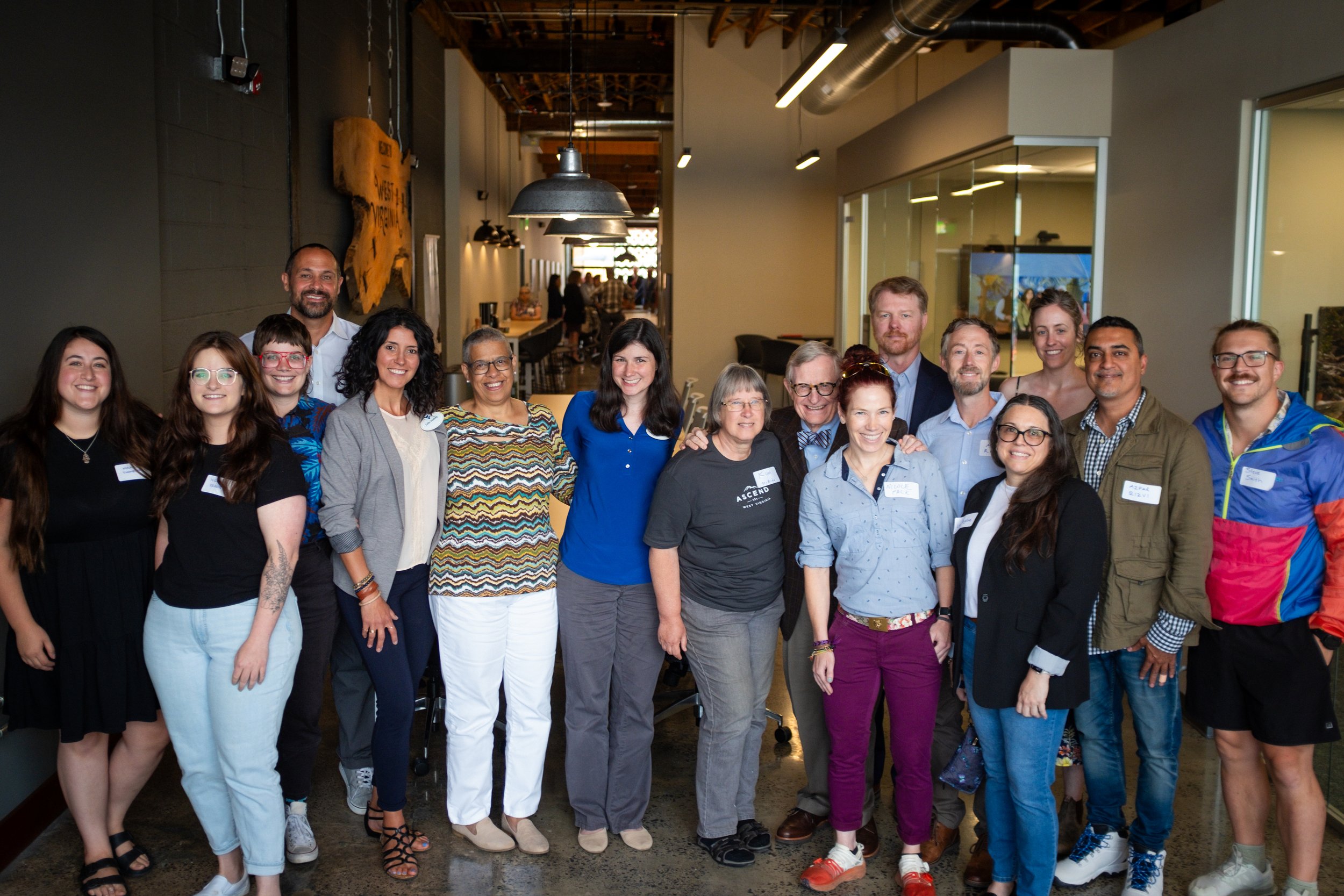After the Flood

Last year, our summer issue was just coming off the presses when Greenbrier County suffered an absolutely devastating flood. Fifteen people lost their lives in Greenbrier County alone, another eight people throughout the state. Slowly, out of the chaos and carnage and tragic loss, arose stories of heroism and selflessness.
As the recovery got underway, it became quickly evident that we were in this for the long-haul. Now, as we approach the one-year anniversary of the floods, a clearer picture of the magnitude of both the flood’s destruction and its recovery process has begun to take shape. As that shape is more fully formed, we see that bright resilience in our people and the deep understanding of place that connects us so strongly to our land, our neighbors, and our communities.
Each spring, we honor individuals with our community Zenith Awards. This year, in lieu of that, we, along with our presenting partner City National Bank, decided to instead use this issue to highlight some of the people and efforts involved in the recovery process. In no way could we wrap our arms fully around all of the heroes, whether rescue or recovery, that have touched people’s lives over the past year. There are cooks, bloodhounds, drivers, churches, and saints that all contributed to the recovery and deserve to be recognized. May each of these portraits represent not only the other selfless people that have given so much to this flood and its recovery, but also the human spirit that each embodies. We celebrate all of those involved in both the rescue efforts on June 23rd, and those who today still work tirelessly to rebuild our communities. Their work is not for themselves, but for their state, their towns, their neighbors. We hope these stories, and the numbers that go with them, remind us that there is still work to be done.
Dedicated to the 23 people that lost their lives in the June 2016 flood.
1
Many faiths. One cause. So many churches and denominations throughout the state gave considerable contributions to flood relief and recovery. Thousands of hours of volunteer work went into shoveling out debris, building new homes, clothing and feeding people, and much more. Only some of the congregations that assisted during the flood are pictured here. Many more helped in hundreds of other ways. As the recovery continues, faith-based organizations are the ones who have dug in for the long haul.
Front Row (l to r): Father Chapin Engler (St. Charles Catholic Church), Pastor Stewart Farleyand Pastor Sheila Farley (Rhema Christian Center), Rev. Betsy Walker (St. Thomas Episcopal Church; Second Row (l to r): Steve Cooke, Frank Faulkner, Don Sibold, Father Josh Saxe (St. James Episcopal); Third Row (l to r): Ann Knight, Stephanie Kitchen, Shirley Massie, Pastor Glen Kuhn (Big Clear Creek Baptist Church); Fourth Row (l to r): Sabrine Kraft, Bill Kraft, Ross Hanna, Erin Hurst; Fifth Row (l to r): Dewey Beckett, Peg Mankins: Sixth Row (l to r): Travis Farley, Meredith Walker, Cindy Lavendar-Bowe; Seventh Row: Trisha Parker, Trish Bragg, Mary Lee Buckland, Rev. Dexter Taylor (Ronceverte Presbyterian); Seventh Row: Kala Barclay, Kristi Walker, Sally Lane, Helen Marr Mitchell.
140
Over 200 rescues took place throughout Greenbrier County during and immediately following the flood. Police, firefighters, EMS, and citizens all displayed incredible heroism saving lives and moving people to safety. Nat Tucker and Joe Byers, of the Lewisburg Fire Department, while assisting White Sulphur Springs rescue workers, commandeered a front-end loader and saved numerous people. “By best count, I believe there was around 140 rescues made that night by rescue personnel that came to assist the White Sulphur Springs Fire Department,” said WSSVFD Chief Brian Dolin. “At one point I looked down into the bucket and we had twelve people in there including Nat,” remembers Byers. Their actions, along with so many others that day, saved countless lives.
Nat Tucker (left) & Joe Byers (right), Firefighters (Photo by Mary Baldwin)
202
It has been 202 days since Dave Lumsden was appointed Chair of the Long-Term Recovery Committee. Managing and coordinating many of the partner organization requires focused leadership. Lumsden leads large meetings so that all of the moving parts work efficiently in providing the best recovery effort possible. Organizations from outside the state have begun examining the relief and recovery process so that other communities can find strategies for disaster relief.
Dave Lumsden, Chair of the Long-Term Recovery Committee (Photo by Mary Baldwin)
12
Only 12 hours after the flood, Erin Hurst had begun collecting donations and establishing a distribution center. Her organization’s social media work yielded literally tons of relief goods and the United Way of Greenbrier Valley raised four times their annual amount just for recovery efforts.
Erin Hurst, Executive Director, United Way of Greenbrier Valley (Photo by Mary Baldwin)
2,348
Brandon Morgan put 2,348 miles on his car in the first week after the flood running supplies to different communities. From Rainelle to White Sulphur Springs, many people took the whole week off work after the flood and worked shelters, drove supplies, cooked food, and much more.
Brandon Morgan (Photo by Mary Baldwin)
41,831.36
The Long-Term Recovery Committee has logged 41,831.36 hours of donated labor at the time of publication. Converted to a dollar amount, that means the organization tasked with coordinating recovery efforts has provided $854,614 in gratis labor through their volunteer reception centers, which are overseen by their Americorps VISTAs. On top of that, Kayla McCoy, the program coordinator, says the organization and its partners have donated over $850,000 directly to flood victims so far this year.
Left to Right: Arron Seams, Americorps VISTA; Kayla M. McCoy, Long-Term Recovery Committee program coordinator; Krista Williams, Americorps VISTA (Photo by Mary Baldwin)
52
Walter Crouch, President and CEO of Appalachia Service Project (ASP), has been a leading force in the rebuilding of Rainelle over the past year, having already put 23 homes under roof since the flood, and another 29 ready to go, bringing the total to 52 homes. Since 1969, ASP has brought thousands of volunteers from around the country to rural Central Appalachia to repair homes for low-income families, making them “warmer, safer, and drier.”
Walter Crouch, Appalachian Service Project CEO/President (Photo by Mary Baldwin)
500
Over 500 national Guard troops arrived in Greenbrier County the day after the flood, all under the command of General James Hoyer, who is also tasked with overseeing many aspects of the inter-agency work being done during the recovery. He was appointed by then-Governor Earl Ray Tomblin to oversee the statewide recovery effort and still travels to Greenbrier County a few times a month to gauge progress.
General James Hoyer (Photo by Mary Baldwin)
38
Tom Crabtree and Rob Vass, both business owners in White Sulphur Springs, were sitting in their office, lit by candlelight, the evening after the flood when the idea of building a new neighborhoodfor flood victims came to them. By Thanksgiving they were cutting the ribbon on the first eight homes in Hope Village, a new community in White Sulphur Springs built through their organization Homes for White Sulphur Springs. When finished later this year, Hope Village will boast 38 homes for displaced flood victims.
Tom Crabtree, Homes for White Sulphur Springs and Hope Village (Photo by Mary Baldwin)
710
Justice opened the 710 rooms of The Greenbrier as a shelter to flood victims immediately after the flood. “West Virginians are tough, loving, prideful, good people. They’ll bond together, and I’ve said this many times, they’ll get through this,” Justice told the AP at the time. “We won’t forget it, and we’re not supposed to forget it. And we’ll be scarred with it forever, but we’ll survive it, and we’ll figure it out.” Since the flood, Justice has raised millions of dollars through Neighbors Loving Neighbors. Elected as governor five months after the flood, he continues to help rebuild West Virginia.
Governor Jim Justice (Photo by Black Lantern Productions)
50
It was 50 years ago the last time the town of Richwood, West Virginia handed out a new construction permit. That’s about to change as Neighbors Loving Neighbors leads the charge in building yet another new neighborhood for a flood ravaged community., with over a dozen new homes already broken ground. Neighbors Loving Neighbors was an organization that was born out of the mission of The Greenbrier Classic, but has evolved into a real force behind the recovery project. Habibi Mamone, President, has overseen the push behind the campaign, which works directly with many of the other agencies involved. To date, the organization has raised over $4 million for flood recovery projects throughout West Virginia.
Habibi Mamone, Neighbors Loving Neighbors (Photo by Mary Baldwin)
5
These five mayors throughout Greenbrier and Nicholas Counties worked tirelessly throughout the tragedy and for many weeks after. Their leadership in their own communities have helped sustain and rebuild neighborhoods and downtowns. Whether working directly with the many recovery organizations or fast-tracking municipal business to better respond to their city’s immediate needs, these mayors have shown great courage in the face of the devastation and destruction the flood caused.
Clockwise from bottom left: Bob Hanry Baber, Mayor of Richwood; Travis Copenhaven, Mayor of Alderson; David Smith (MIDDLE), mayor of Ronceverte; Lloyd Haynes, mayor of White Sulphur Springs; Andrea "Andy" Pendleton, mayor of Rainelle (Photos by Mary Baldwin)

















